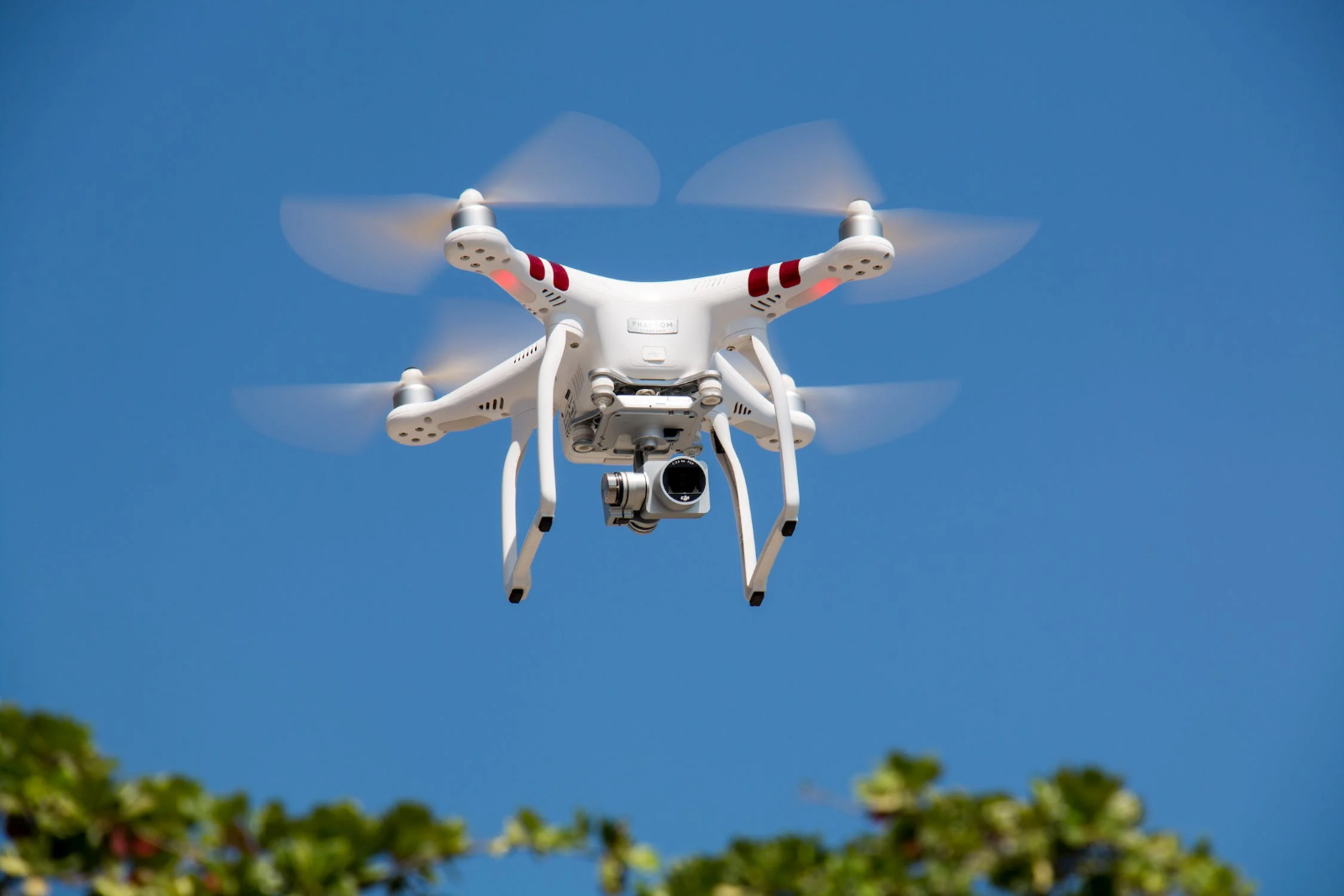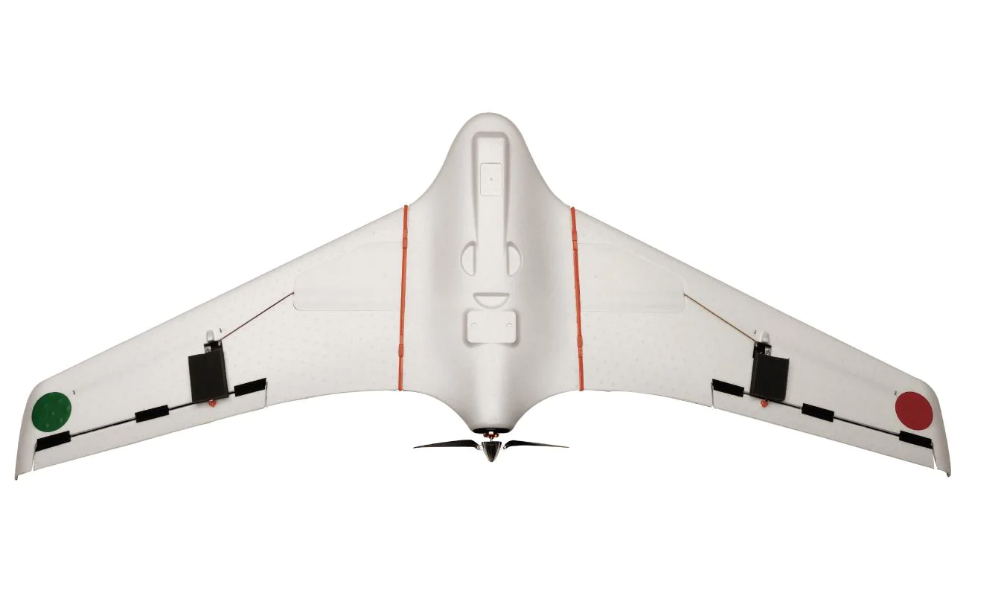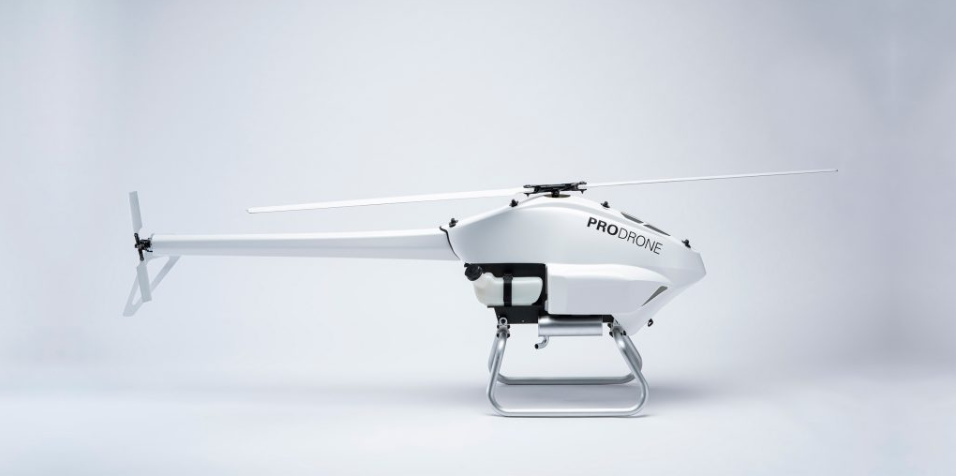Education is the first step in understanding drones and protecting yourself against possible misuses of this complex technology.
In this guide, we will discuss the most common types of drones flown recreationally and commercially. We will provide benefits and disadvantages and give common uses for each. We will also talk about ways you can detect and track drones to help prevent accidents or even deter those with malicious intent from using this technology for harm.
Types of Drones
Multi-Rotor 
The most common type of recreationally used drone, multi-rotor drones are an easy grab-and-fly option. Also known as rotary-wing drones, they are a favorite among novice pilots due to their versatility and stability. Usually one of the cheapest and most portable drone options, many use them for photography or land surveying.
Due to their multi-rotor design, these drones tend to consumer energy quicker than other drone types, leading to a shorter battery life (often less than 1 hour flight time). They also suffer from poor stability in windy conditions, slower top speeds, and lighter payload capacity due to their smaller and lighter frame.
Fixed-Wing 
Fixed-wing drones have a more airplane-like design and flight path. A major advantage over multi-rotor drones is that fixed-wings are much more aerodynamic, allowing them to reach higher speeds and elevations. They are also much more stable in windy conditions and can carry larger payloads. These drones are most commonly used for large-scale aerial mapping, surveillance, and agriculture.
Drawbacks to fixed-wings are their cost and complexity in piloting, requiring more precision and training. Due to their single or double rotor setup fixed to the rear, these drones also lose the capability of VTOL (Vertical Take Off and Landing), can’t hover, and require more space or runway for takeoff.
Single-Rotor Helicopter
These drones have much in common with actual helicopters, featuring one top-mounted rotor and a tail for stability. Single-rotor helicopter drones take many of the benefits of multi-rotor drones while increasing payload capacity, flight time, and speed. These drones often use gas-power motors instead of battery-powered, again leading to an increase in power. Single-rotor helicopter drones are usually used for Aerial LiDAR laser scanning.
Single-rotor helicopter drones are difficult to fly, often requiring pilots to be professionally trained. They also can be very expensive, especially gas-powered examples. They are also more dangerous than multi-rotor drones due to their heavier builds and more complex controls.
Fixed-Wing Hybrid VTOL 
Last are fixed-wing hybrid Vertical Take-Off and Landing (VTOL) drones. These drones were designed to eliminate the drawback of fixed-wing drones needing a longer runway by incorporating technology from multi-rotors. Essentially a fixed-wing with VTOL capability, fixed-wing hybrid VTOL drones have incredibly long flight times, fast speeds, and have heavy maximum payload capacities. They are most often used for aerial mapping, utility inspection, and agriculture but might also be used for surveillance and search & rescue.
Although combining the benefits of multi-rotors and fixed-wings, a major drawback to fixed-wing hybrid VTOL drones is that they require extensive amounts of training and experience. Only the best of pilots can fly these complex UAVs. They are also often the most expensive drones on market.
How to Detect Drones
1. Radio Frequency (RF) Technology
RF technology is the most common way drones communicate with their operators. RF sensors listen for transmissions between the communication link of the drone and the pilot (controller), enabling the determination of both the drone's location and the pilot's whereabouts.
AeroDefense’s AirWarden™ uses an advanced version of RF spectrum sensing technology that scans the specific frequencies used by common commercial drones. Rather than analyze the drone/controller signal, AeroDefense’s AirWarden detects physical energy generated by frequency-hopping drones/controllers much like a Geiger-counter detects the presence of radioactive material.
2. Radar
Short for Radio Detection and Ranging, RADAR is similar to radio frequency technology. RADAR uses concentrated radio waves sent out that, when coming in contact with an object, are reflected back to the sensors. These sensors interpret the reflections to track the location and size of the object.
3. Visual Tracking
One of the weaker and more flawed drone detection methods, visual tracking uses PTZ cameras to locate and track drones visually. These cameras lock onto the GPS location of the drone and then follow it, similar to how a security camera might follow movement detected in an area. This drone detection method becomes flawed when anything in the environment changes, such as inclement weather or even time of day.
4. Acoustic
This technology of drone detection is equally as flawed as visual tracking, and in some cases even more. Acoustic drone detection systems use high-powered microphones to pick up the sound emitted from drone engines/propellors. This data is then used to track the location and direction of travel of the drone. This method can be greatly impacted by environmental forces such as wind or rain. It also does not produce reliably accurate results in tracking the direction of travel of drones.